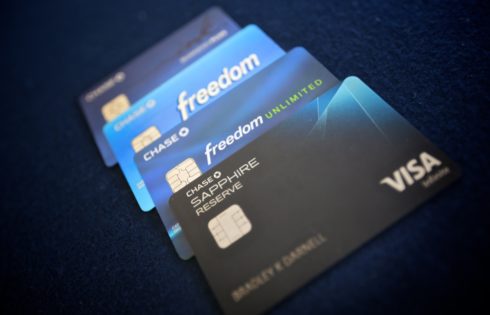
The Best Travel Credit Card for Credit Scores Under 700
Getting into the credit card game when your credit score is under 700 isn’t always the easiest task. Luckily, there are some quality cards available for you when you’re just

Getting into the credit card game when your credit score is under 700 isn’t always the easiest task. Luckily, there are some quality cards available for you when you’re just

The Citi Hilton Reserve and Amex Hilton Surpass are two of the most valuable hotel credit cards. They offer two different, yet very valuable bonus offers and either one could
The IHG Rewards Credit Card probably doesn’t get as much attention as it deserves but that shouldn’t stop you from applying. As you’ll see, it comes with a solid sign-up
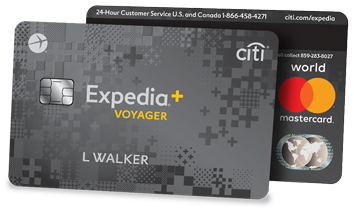
The Citi Expedia+ Voyager Credit Card almost never gets any attention. That’s mostly because Citi has many more valuable credit cards offered, and I think a lot of travelers are

The Capital One Venture Rewards Credit Card is often shamed and overlooked for other travel cards offered by Chase, Citi, and American Express, but that shouldn’t be the case. The
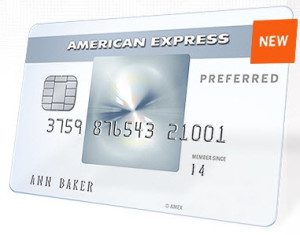
[Offers contained within this article may no longer be available] The Amex EveryDay® Preferred Credit Card is a card that a lot of people tend to sleep on. It’s not
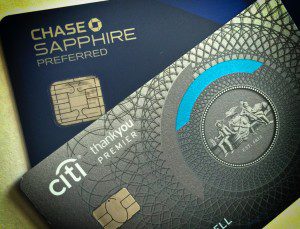
[Offers contained within this article may no longer be available] Both the Chase Sapphire Preferred and the Citi Thankyou Premier Card are two cards that offer pretty exceptional opportunities for earning and
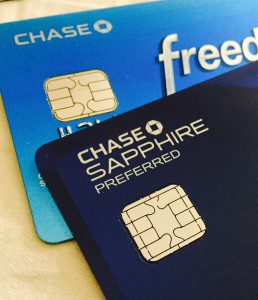
For traveling, the Chase Sapphire Preferred (CSP) is easily a superior card to the Chase Freedom but the two cards offer different perks that, depending on your goals, might make

Two of the best travel rewards credit cards out available right now have to be the Chase Sapphire Preferred and the American Express Premier Rewards Gold Card. I’ve got both of
| Cookie | Duration | Description |
|---|---|---|
| cookielawinfo-checkbox-analytics | 11 months | This cookie is set by GDPR Cookie Consent plugin. The cookie is used to store the user consent for the cookies in the category "Analytics". |
| cookielawinfo-checkbox-functional | 11 months | The cookie is set by GDPR cookie consent to record the user consent for the cookies in the category "Functional". |
| cookielawinfo-checkbox-necessary | 11 months | This cookie is set by GDPR Cookie Consent plugin. The cookies is used to store the user consent for the cookies in the category "Necessary". |
| cookielawinfo-checkbox-others | 11 months | This cookie is set by GDPR Cookie Consent plugin. The cookie is used to store the user consent for the cookies in the category "Other. |
| cookielawinfo-checkbox-performance | 11 months | This cookie is set by GDPR Cookie Consent plugin. The cookie is used to store the user consent for the cookies in the category "Performance". |
| viewed_cookie_policy | 11 months | The cookie is set by the GDPR Cookie Consent plugin and is used to store whether or not user has consented to the use of cookies. It does not store any personal data. |
